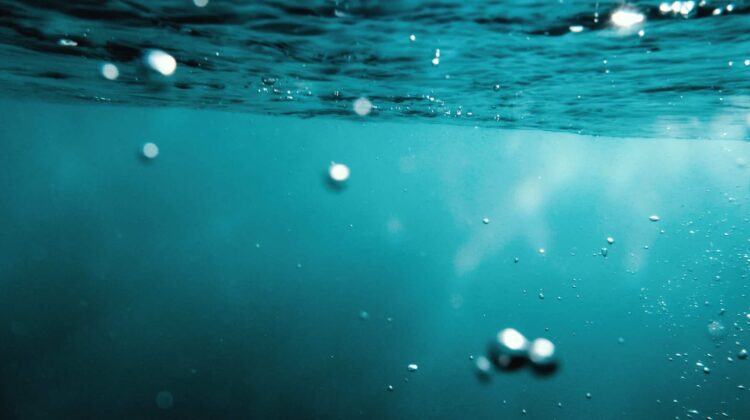
Device Made for the Moon May Aid in Carbon Sequestration on Earth
A pocket-sized device intended for use on the Moon could soon play a key role in Japan’s ambitious plans to sequester carbon dioxide.
Carbon capture and storage (CCS) involves stripping carbon dioxide from emissions, pressurizing it into a “supercritical fluid,” then pumping it deep underground into porous rock reservoirs, where it will, in theory, remain entombed. Potential carbon storage sites include depleted oil and gas fields and deep saline aquifers.
Although CCS technology has been around for decades, it has yet to be widely adopted. Partly, that’s because of the high cost of building sequestration plants, but it’s also due to lingering questions about how well the process actually works. Over extended periods, even a small amount of carbon dioxide leakage can become significant, and where storage sites are under the seabed, leakage can have profound effects on marine life.
Just detecting leaks is difficult and expensive. CCS monitoring typically relies on heavy seismic equipment mounted on trucks or ships. The equipment sends powerful vibrations into Earth’s crust and analyzes the sound waves that are reflected back.
Because of the high cost, such systems can be used for only limited periods of time. “In a conventional system, monitoring is discontinuous,” said Takeshi Tsuji, an engineering professor at the University of Tokyo. “It’s difficult to acquire seismic data continuously.”
Japan’s ambition to explore the solar system, however, may have led to a breakthrough for carbon storage here on Earth. A team from the University of Tokyo and Kyushu University, led by Tsuji, developed a lightweight system, the Portable Active Seismic Source (PASS), designed to be carried aboard Mars and Moon landers that may also detect carbon leaks at sequestration sites. Scientists published their results in Seismological Research Letters last month.
Stacked Vibrations
The PASS, which is just 10 centimeters in length, creates vibrations by means of a spinning wheel mounted with an off-center weight. Because of the device’s small size, the vibrations it produces are relatively weak, but the team uses software to “stack” hundreds of signals, amplifying the transmission enormously.
The stacked seismic signals are able to penetrate more than 800 meters belowground. CCS wells need to be this deep to keep carbon dioxide pressurized. In theory, arrays of PASS boxes can be deployed above these sites, allowing geologists to monitor carbon leakage. “This system is very cheap,” said Tsuji, “and it generates continuously, so we will be able to monitor continuously.”
PASS boxes could help Japan reach its ambitious goal to be carbon neutral by 2050. As part of this goal, the country plans to sequester up to 240 million tons of carbon dioxide a year in hundreds of wells, mostly offshore.
Toru Sano is a geophysicist with JX Nippon Oil & Gas Exploration, a Japanese company with plans to incorporate CCS into its operations. He said the PASS’s small size and low cost make it ideal for long-term monitoring of sequestration sites. “We have to monitor not only the injection period,” he said, “but also after the site has closed—for maybe 10, 20, or even 50 years.” Continuous monitoring, he said, is also important to manage public perception around the safety of carbon capture sites.
Although some critics accuse Japan of pursuing carbon storage as a way to continue extracting and burning fossil fuels while still meeting their net zero carbon goals, the U.N. Intergovernmental Panel on Climate Change considers CCS critical to limiting global warming. According to its most recent climate change report, there are more than enough potential carbon storage sites on Earth to contain all the carbon dioxide needed to limit warming to 1.5°C, but deployment of the technology is currently far below what is needed to reach that target.
Author: Bill Morris, Science Writer
Citation: Morris, B. (2022), Device made for the Moon may aid in carbon sequestration on Earth, Eos, 103, https://doi.org/10.1029/2022EO220480. Published on 7 October 2022.
Text © 2022. The authors. CC BY-NC-ND 3.0
Except where otherwise noted, images are subject to copyright. Any reuse without express permission from the copyright owner is prohibited.
Credits: This article by Bill Morris, https://eos.org/, is published here as part of the global journalism collaboration Covering Climate Now.
